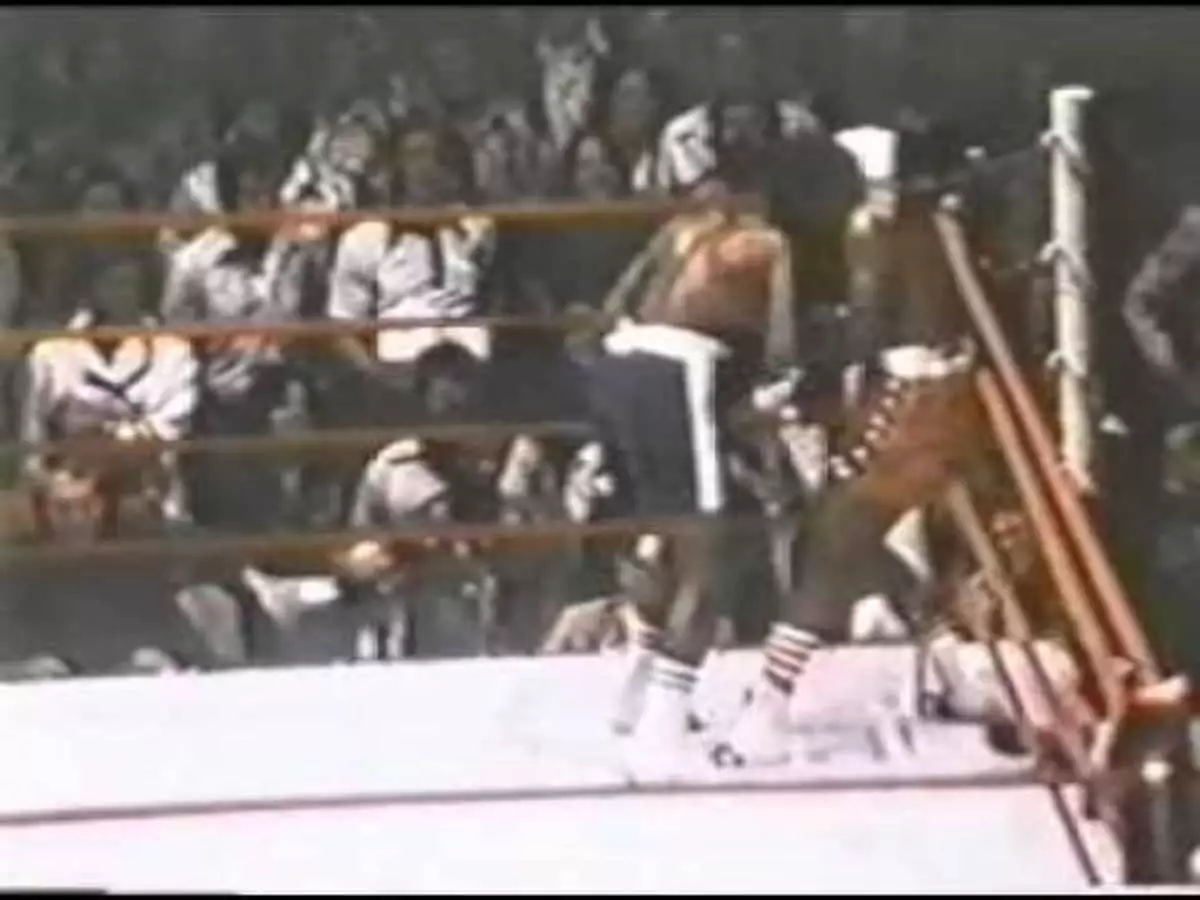The year 2025 is a noteworthy chapter in the rich history of boxing, commemorating monumental fights that have etched themselves into the fabric of sports fandom. This year marks significant anniversaries: 25 years since the Barrera-Morales battle, 30 years since Benn-McClellan, 35 years since Chavez-Taylor, and a remarkable 50 years since Ali-Frazier III. Each of these fights carries deep-rooted sentimental value and signifies a unique era within the sport. However, nestled within this constellation of celebrated matches is a lesser-known heavyweight clash that also demands recognition—the ferocious bout between Ron Lyle and Earnie Shavers, which turns 50 this September. Despite lacking the spotlight of broadcast media or intricate storytelling, this fight remains a testament to the raw intensity and spirit of boxing.
The Ring Not Covered in Gold
What sets the Lyle-Shavers fight apart from its more renowned counterparts is its obscurity. Battling it out in Denver on September 13, 1975, neither fighter was a reigning champion, nor did they earn the kind of media frenzy that surrounds modern contests. Official broadcasts were nonexistent, leaving the historical essence of this unforgettable battle confined to grainy footage captured by a lone spectator. As one boxing historian aptly puts it, “It’s almost a miracle that the film of the Ron Lyle-Earnie Shavers fight exists.” It’s as though fate conspired to preserve a piece of history that might have otherwise faded from memory, preserved solely by the foresight of a single cameraman, undoubtedly swayed by the anticipation of a classic showdown.
A Clash of Titans
On one end of the ring stood Ron Lyle, a fighter who embodied resilience and determination. With a record of 30 wins, 3 losses, and 1 draw going into the fight, Lyle was no stranger to adversity, possessing an innate ability to absorb punishment while dishing out his own. Opposing him was Earnie Shavers, a man whose moniker as one of the hardest hitters in heavyweight boxing preceded him. With 49 victories under his belt—46 by way of knockout—Shavers represented the quintessential knockout artist, eager to leave his mark in a sport that often oversaw the subtler art of boxing.
As the bell rang, the air in the crowded Coliseum crackled with energy. Unlike iconic fistfights characterized by wild outbursts from the first minute, Lyle and Shavers adopted a distinct strategy. What initially appeared as a slow-burn tension slowly blossomed into an all-out brawl that would shock both fighters and fans alike.
A Fight to Remember
The violence escalated quickly, showcasing the instincts of fighters determined to leave everything in the ring. In the second round, Lyle found himself unable to evade Shavers’ powerful strikes, enduring a punishing left that buckled him to the canvas. It was a moment of potential reckoning that could have halted many fighters; Lyle, however, refused to back down, embodying the heart of a true warrior.
Their contest became an explosive spectacle marked by reckless abandon and unyielding will. As the rounds progressed, crowds erupted with frenzied applause as Lyle gained momentum. Plunging forward with his own devastating right hands, Lyle was fueled not only by the adrenaline that surged through him but also by the roaring support of approximately 5,000 spectators who longed to witness a knockout finish from their hero.
As the battle dragged into the sixth round, Shavers began to show signs of fatigue, a vulnerability mystifying against the ferocity he once exuded. It was in this moment that Lyle seized the opportunity, pouring every ounce of strength into his punches. Fans witnessed the narrative turn as Shavers, who only seemed a stone’s throw away from victory, succumbed to Lyle’s undeniable drive and unleashed right hand that sent him crumbling against the ropes.
A Legacy Etched in Blood
When talking about the legacies of Lyle and Shavers, it is common to mention their bouts with iconic champions like George Foreman and Muhammad Ali, but their pairing remains a poignant reminder of what boxing truly represents: unfiltered heart and grit. The raw intensity of their fight captures the essence of the sport in its purist form—two men battling against hope and despair, pushing each other to their limits in search of glory.
Ultimately, while they both may not be household names equal to the likes of Ali or Foreman, the savage beauty of their fight is one that will never fade, echoing within the walls of boxing history. That single day in September cemented their place in the rich narrative of boxing—a brutal fanfare played by two fighters willing to sacrifice everything.


Leave a Reply